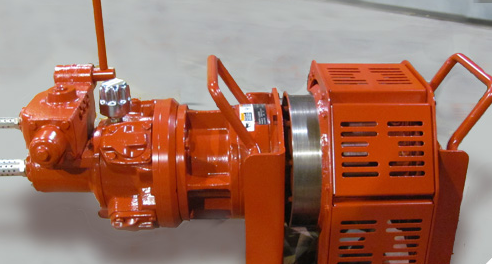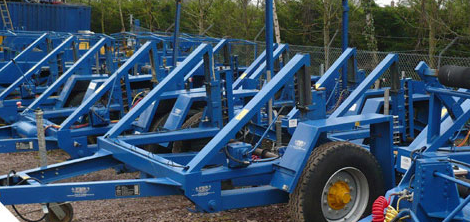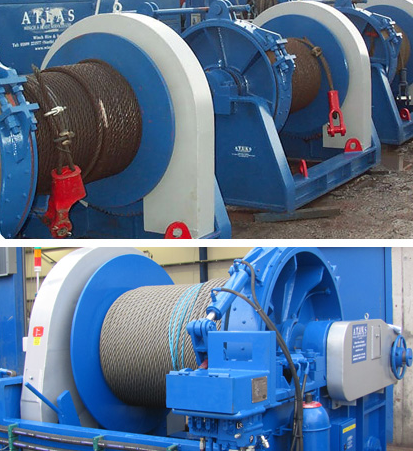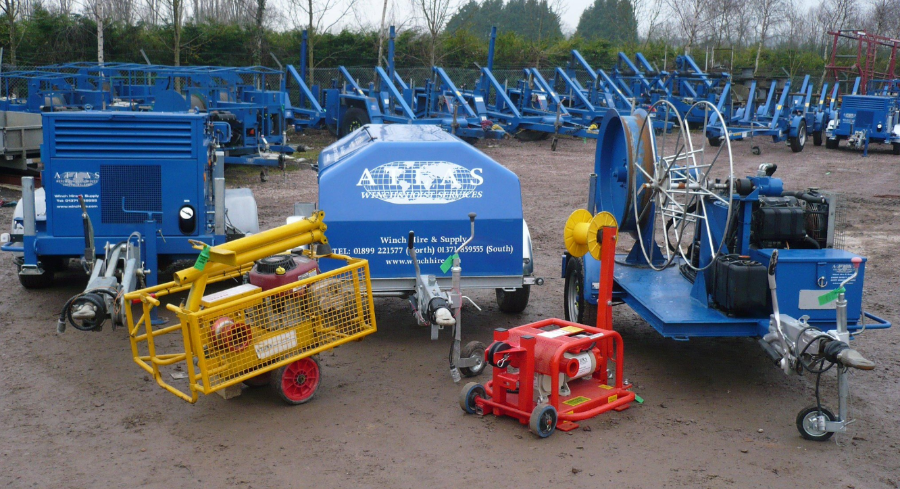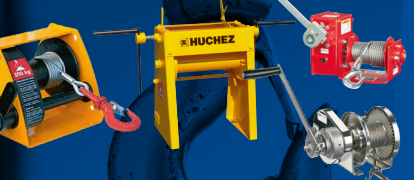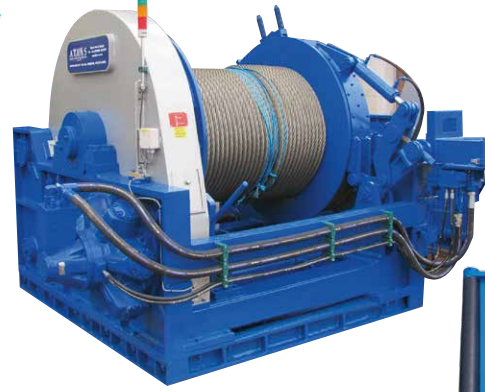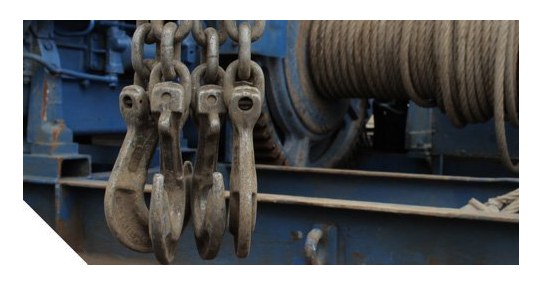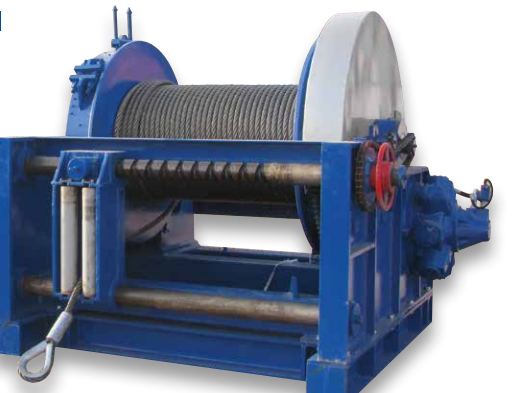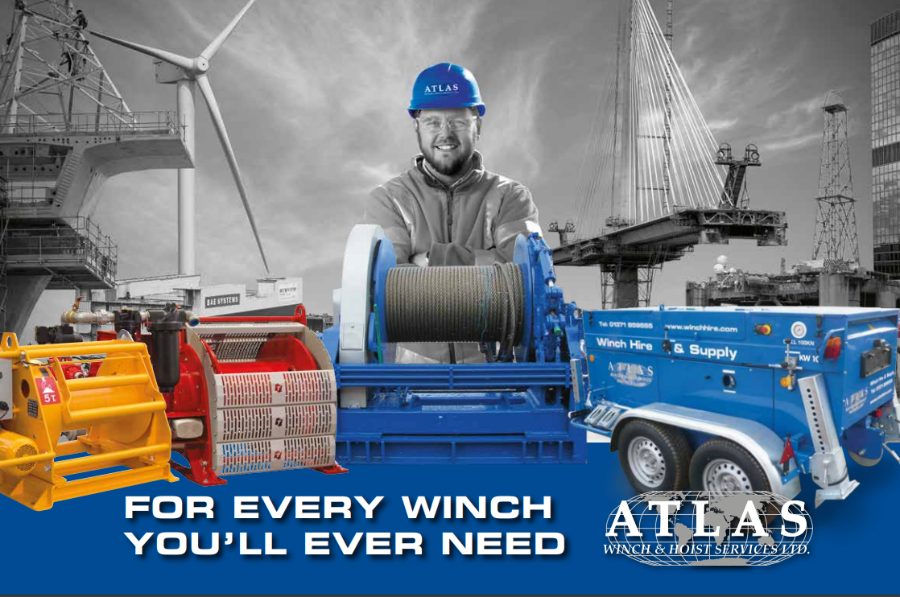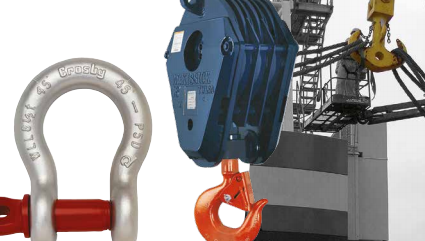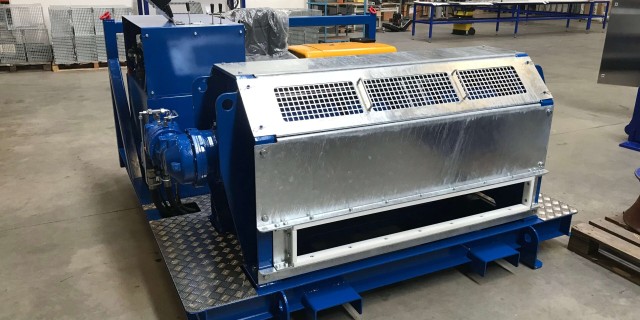ALL WINCHES GREAT AND SMALL: DIFFERENT TYPES OF MANUAL WINCHES
13 March 2023
Today, winches come in an array of forms – you have diesel winches, electric winches, air winches and more. What about the very first winch? Well, this was, unsurprisingly, manual. In fact, winches have been in use for millennia, with records showing winches to have been used as far back as the 4th Century BC as a way to tighten naturally-made cables that supported pontoon bridges.
Though they may be less prominent than they used to be due to the upgraded mechanisms we have today, there have been various applications for manual winches, some of which are still in use. We’ve listed some examples of things that use a winch system, a few of which you will not have only used or seen before, but we think may also surprise you. Intrigued? Keep reading below!
FISHING RODS
By definition, a winch is ‘a hauling or lifting device consisting of a rope or chain winding around a rotating drum’. Based on this, then the reel of a fishing rod could technically be considered a very small winch.
The line of a fishing rod is wound around a spool; when you cast your line out to sea, the force of your swing will allow the spool to rotate and in turn release the line, which goes out to sea thanks to the bait and/or small weight attached to the end.
When you’re ready to reel in your catch (or lack of a catch!), there is a handle that acts as a crank to manually rotate the spool, allowing you to reel the fishing line back in, whereby it will wrap itself back around the spool.
There is also something called a bail on a fishing reel, which, as well as acting as a guide for the line when being wound back onto the spool, prevents the line from unwinding when it’s engaged – just like how a ratchet may work in a winch.
WELLS
The UK is home to more than 100,000 wells, despite the majority of them no longer being in use. Nowadays, people instead tend to enjoy them by appreciating their visual quaintness and any historical tales associated with them, or to make a wish with a penny (although, you may prefer to stay away from them if you aren’t a fan of The Ring).
Water can be obtained from wells through various methods, such as via a pump or pulley system, or even – that’s right, you guessed it – using a winch.
Many traditional wells would operate by tying the end of a rope to the handle of a bucket, then tying the other end around a log or other spherical piece of wood (in later years this may have been swapped for more industrial materials, in some cases) suspended between two posts. At the end of this piece of wood would be a wheel (that the wood would be joined into) or a handle (that would instead be joined into the wood).
When this wheel/handle would be turned, the rope would wind or unwind around the log, allowing the bucket to be lowered down into the well then lifted back up again once it had filled up with water.
When comparing this to a modern day winch mechanism, you can see that the log acts as a spool, the wheel/handle acts as a crankshaft and the rope acts as a winch cable.
CHILDREN’S TOYS
Perhaps the smallest example in this list, winches have been, believe it or not, used in children’s toys. Of course, this example is not exclusive to all toys, but there are certainly some out there that utilise a winch mechanism!
Think of a toy crane or truck; these often come with small pieces of string with little hooks on the end that can be attached to corresponding toy pieces, then a small winder for the child to rotate in order to reel the string back in (which rotates around this piece) and lift or haul the smaller toy piece.
Another example that we know to have been made before is a DUPLOⓇ retro-style diver, whereby there is a block (that could be connected to a matching dingy) with a miniature spoil on it, complete with string that was then also attached to a small figurine wearing a diving helmet. This spool could be rotated to reel the diver back into the boat, as if coming out of the depths of the sea!
Granted, these are based on real-world applications of full-sized winches, but the mechanics are there all the same, albeit on a much smaller scale.
CAPSTAN
There are many kinds of boat winches – a lot of winch *which are in prominent use today, such as mooring winches, anchor winches and mast winches. The one we are going to focus on, however, is the capstan – one of the larger manual winches there has been.
Though they are still in use today, modern capstans are powered by motors or hydraulics. As for manual capstans, these were used on old sailing ships (from as early on as the 14th Century AD) and required several people to operate them. They were used to move items of heavier weights, such as anchors or large sails, on a ship with ropes.
They worked by having a timber drum with holes at the top, through which wooden bars would be slotted, then a rope was attached to this drum while the other end was tied to whichever object needed moving. In order to operate it, crew members would each take a hold of one end of the wooden bars and push it to rotate the drum of a capstan in a clockwise direction, often singing a type of sea shanty in order to coordinate their rhythm.
This would then wind the rope around the drum, thus hauling whatever the rope was attached to at the other end.
Other winches used in a nautical setting include a mast winch, which are small hand winches used on sailboats to get the sails up easier and quicker, and manual boat winches, which were used back in the day to haul in fishing boats to shore.
THEATRE WINCH
When it comes to theatre productions, people will be focused on what’s happening on stage, rather than what’s going on behind the scenes. What if we told you that behind the scenes there would be some people operating winches? That’s right, the use of winches is actually very common in theatrical productions.
Nowadays, many theatres, especially those who put on large productions, will use some form of electrical winch, since these are easy and safe to use and can carry more weight than manual ones. However, manual winches were the first type of winch to be used in theatre many years ago and some smaller scale theatres will still use them today, likewise some schools may also use them for their stage productions.
You may wonder why they’re actually needed – what could need hauling in a theatre production? Quite a lot of things, actually. In fact, the very first thing you see is likely to be operated using a winch – the curtains. Stage curtains are often made of very heavy fabric and tend to be quite large, so it is much easier to lift these using a manual winch to reveal the stage.
Not only can manual winches be used to lift the curtains, but they are also used to lift and/or move heavy stage equipment or scenery. For example, imagine a play needed to indicate a change from day to night, a wooden scenery cut out of the sun could be raised using a winch whilst a separate winch is used to lower a scenery cut out of the moon.
ATLAS WINCH HIRE & HOIST SERVICES
Are you looking for a company that specialises in all things winches? Then look no further than Atlas Winch & Hoist Services. As winch specialists, we stock all the essential winch equipment you could need across various industries, from air winches for use in construction to mooring equipment for use in marine sectors.
If you would like to enquire about the products we supply and how to hire them, then don’t hesitate to get in touch today by emailing us at info@winchhire.com. Alternatively, you can phone us on 01899 221 577.


